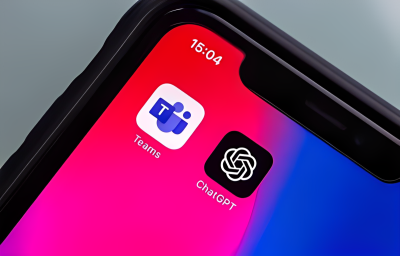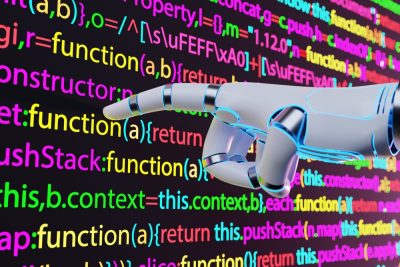Highlights:
- One of the top observability platforms available, New Relic, provides a variety of tools that let businesses keep an eye on their software applications, DevOps environments, and the infrastructure that supports them.
- Grok can offer AI assistance and knowledge throughout the observability process because it is integrated with more than 30 correlated monitoring services.
Following the introduction of observability tools for generative AI models like ChatGPT, New Relic Inc. is now utilizing the abilities of generative AI to help with observability tasks.
Recently, the company announced the limited preview release of Grok, a new AI assistant for observability that will sort massive amounts of data for engineers. According to New Relic, Grok makes observability available to every information technology worker, giving them new insights from practically any type of telemetry data source.
One of the top observability platforms available, New Relic, provides various tools that let businesses monitor their software applications, DevOps environments, and the infrastructure that supports them. Developers particularly like its services because it makes finding and fixing issues with their apps simple.
The tools provided by New Relic do have a drawback, though, in that proper use necessitates some training and experience. Users of New Relic frequently encounter unmanageable amounts of telemetry data, and many of them lack the expertise to recognize the issues it raises. Some users find it challenging to analyze their telemetry data in the proper way.
According to the company, New Relic Grok is made to eliminate these obstacles. Grok can offer AI assistance and knowledge throughout observability because it is integrated with more than 30 correlated monitoring services.
For example, it can be useful to set up instrumentation and monitoring initially, identifying gaps and offering guidance on implementing various services. Setting up missing alerts and automating them with Terraform will also be helpful. Engineers can ask questions in natural language, including why a particular service or application isn’t functioning. Grok will save the user from manually identifying the root cause by analyzing the corresponding telemetry data.
Other capabilities include managing administrative tasks associated with observability, debugging code-level issues causing issues with apps, and creating health reports and dashboards for particular apps and services.
A few weeks before the release of New Relic Grok, the company unveiled a new OpenAI quickstart that enables businesses to track the performance of generative AI-based apps built using Open AI LP’s GPT-4. Users can automatically create a straightforward dashboard that displays different GPT-4 performance metrics with just two lines of code. Real-time cost tracking, metrics like average response times, and other performance metrics related to GPT-4 requests are just a few of its features that can help teams better use the service.
According to Bill Staples, CEO of New Relic, the company is now in a unique position with Grok to use generative AI to monitor generative AI, which will revolutionize businesses. Staples added, “Ever since we invented cloud APM in 2008, we have pioneered innovations years ahead of competitors. New Relic Grok is the continuation of this DNA and defines how generative AI will transform our industry.”
According to Holger Mueller of Constellation Research Inc., generative AI revolutionizes many facets of business automation. Mueller said, “Application monitoring is no exception to this, and the capabilities New Relic is providing with Grok are badly needed, because the capacity of humans to process observability data are limited. Humans cannot stay on top of the data deluge created by modern information technology infrastructure, so organizations will be keen to see how New Relic Grok can help with their daily observability battles.”
Customers of New Relic’s all-inclusive observability platform will have free access to Grok as part of that platform, according to New Relic.














